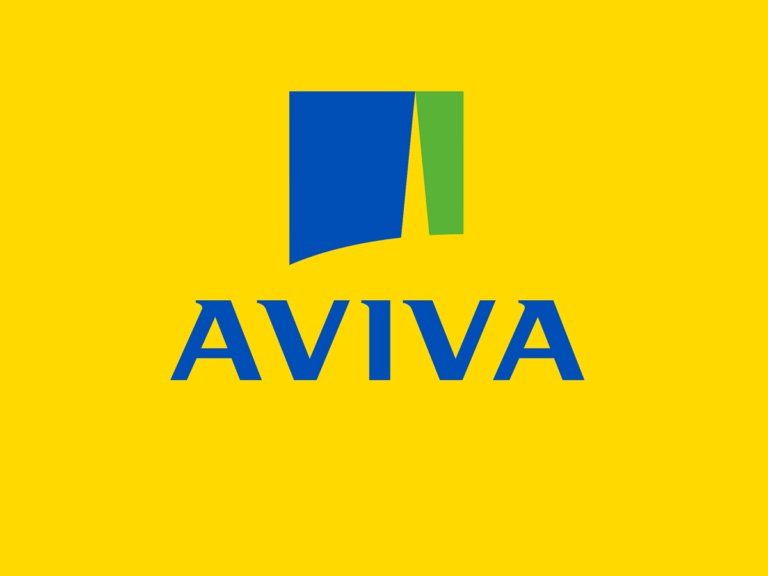Title Page
-
Date
-
Completed by
-
Address
Photovoltaic Solar Panel Systems on Buildings
-
To view our Loss Prevention Standard Guidance that supports this checklist, please view the following link : https://broker.aviva.co.uk/documents/view/aviva_photovoltaic_solar_panel_systems_lps.pdf
Photovoltaic Solar Panel Systems Checklist
-
1. Has a risk assessment been completed to identify potential fire, security, housekeeping and safety hazards associated with the installation (or proposed installation) of a PV solar panel system?
-
2. Has a structural engineering report been commissioned to assess the building(s) and roof(s):
-
• Condition?
-
• Design?
-
• Combustibility?
-
• Suitability for proposed additional loads (including weather-related loads)?
-
With any recommendations completed before any orders or installation work has started?
-
3. Have your insurers and any other interested authorities such as the local planning authority and fire service been informed and approved the proposals?
-
4. Is the roof suitable for PV panel installation and is it:
-
• Constructed with fire-resistive or non-combustible materials?
-
• Stable and in good condition?
-
5. Are the PV panels securely fixed (bolted) to a fire-resistive or non-combustible surface?
-
6. Has the possibility of fire spread been considered, particularly if the roof or sections are constructed of combustible materials, and what corrective actions have been implemented?
-
7. Is the roof able to withstand high winds with the additional weight loadings?
-
8. Are the designer, supplier and installer well established companies with a good history of workmanship, and are they appropriately accredited/certified?
-
9. Has the installing company completed full specific risk assessments and method statements, and have these been checked and accepted by the health and safety adviser?
-
10. Are the PV panels manufactured installed and serviced to a recognised national standard, e.g. Underwriters Laboratories (UL), Factory Mutual (FM) or German VdS or TUV-SUD?
-
11. Is the PV system protected against lightning and electrical earth bonded and installed to the national electrical regulations/guidance?
-
12. Are there any arc sensors and safety interlocks fitted to automatically shut down the PV system should any PV panels develop a fault?
-
13. Is there residual current DC monitoring on +/- supply circuits or electronic DC current sensing relay in ground circuits in series with ground fault fuses?
-
14. Are there any safety interlocks to:
-
• Trip the DC supply to the inverter?
-
• Initiate an onsite building alarm and remote alarm monitoring?
-
• Automatically shut down the DC & AC power from the PV panel?
-
• Detect a fault/malfunction of the PV panels and/or associated equipment?
-
15. Are all electrical cables, connectors and/or junction boxes fire-resistant or enclosed in a fire-resistant material, conduit or fire-rated compartment?
-
16. Are cable runs carefully thought through and formally plotted on drawings?
-
• Is there any possibility of fire spread on the cables?
-
o From inside the building onto the roof?
-
o From the roof to inside the building?
-
17. Are cables protected against UV exposure/deterioration and installed in conduit and/or cable trays, suitably secured to the building structure?
-
18. Is electrical HV hazard signage clearly displayed at least every 3 metres along the route of the cabling?
-
19. Is the PV power inverter installed on a non-combustible material such as a block or brick wall?
-
20. Is the PV power inverter installed in a dedicated fire-rated compartment and provided with automatic fire detection?
-
21. Is the PV inverter room kept clear of all combustibles and secured against unauthorised entry?
-
22. Are the DC and AC power isolation switches located in a safe location and clearly signed to allow safe access by fire fighters, etc.?
-
23. Can the power from the PV panels be safely isolated and with relative ease?
-
24. Is there a remote DC disconnect for each combiner/junction box as close as possible to the output side of the box prior to the inverter?
-
25. Can the AC supply be safety isolated in an emergency?
-
26. Is there safe clear access provided to the roof and between rows of PV panels to permit servicing, maintenance, cleaning (including snow/ice clearance) and fire fighting operations?
-
27. Are the PV panels and associated equipment regularly inspected for signs of damage?
-
28. Are the roof, PV panels and associated equipment regularly cleaned, serviced and maintained by specialist contractors?
-
29. Are infrared thermal inspections completed of the PV system as part of the routine inspections/maintenance?
-
30. Is automatic fire detection provided to detect a fire involving the PV panel array?
-
31. Are automatic fire suppression systems provided to protect the areas of PV panels, e.g. automatic deluge, water/foam monitors?
-
32. Are there any safety interlocks to automatically shut down the PV system on activation of the fire detection or fire suppression systems?
-
33. Do fire alarms signal to a constantly attended location that is acceptable to insurers and other interested authorities?
-
34. Is there a prompt response required to any alarm that includes a full investigation and inspection of the reported fault, and planned actions for isolation in the event of fire as part of the site emergency procedures?
-
35. Have all Emergency Plans and Business Continuity Plans been updated?
-
36. Does the proposed emergency response actually detail how a fire on the roof involving the PV panels will be tackled to protect the property and the business (including the actual expectation and resource required for the public fire brigade)?
Completion
-
Additional Comments
-
Completed by (Signature)














